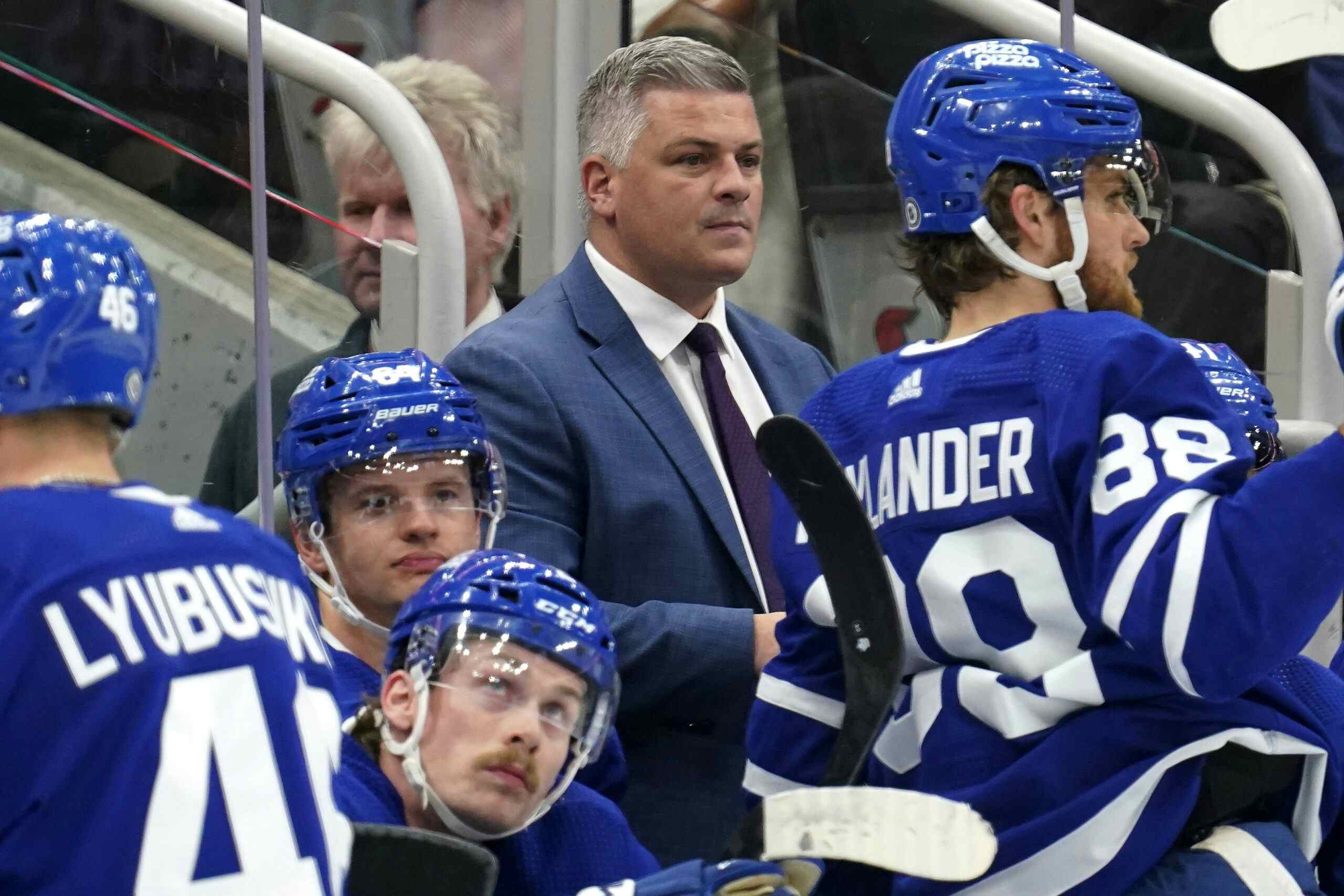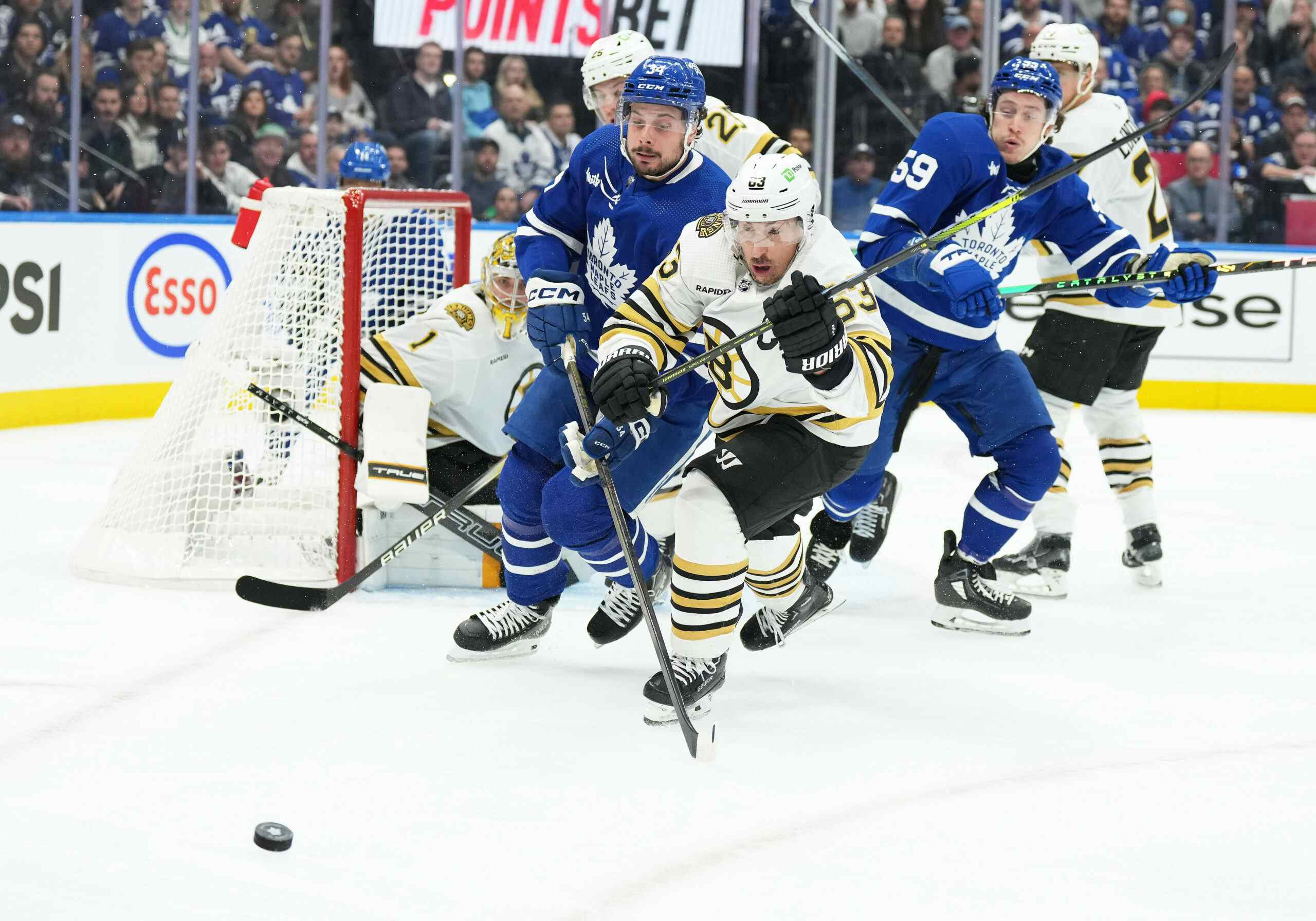REPORT: Stamkos to Leafs “possible”, could involve indirect payment
We joke a lot about Steven Stamkos signing with the Toronto Maple Leafs on here, but our sarcasm doesn’t come without a foundation. The superstar Toronto-area native has less than 200 days remaining on his contract, and not a word has been revealed about him and the Tampa Bay Lightning making progress.
Alas, most of the major media have been too shy to commit themselves to the belief that Toronto is an option, rather than a pipe dream. Nik Kypreos broke character today, suggesting that this may be possible after all, and could even involve some dirty work.
“I’m starting to think now [that] there’s a better chance at Stamkos being a Leaf than I probably would have thought a few months ago.” said Kypreos on Hockey Central at noon today. “I don’t think that Tampa can offer him the same money that the Leafs can.”
What was fascinating, however, was Kypreos’ suggestion that the Leafs might think beyond the salary cap and use the corporate partners surrounding them to get him some additional income.
“It doesn’t make sense for him to suck that much of your team cap and expect to have a good team around him,” said Kypreos when suggested that Stamkos could ask for the projected $14.8M league max. “So they offer him $11, and they guarantee him $5-6M corporately. You get your corporate partners and get them to buck up. It’s happening already.”
Kypreos cited Connor McDavid’s Rogers deal (which pairs him with former Oiler Mark Messier) as an example of how the process could theoretically work. The deal, along with other endorsements, makes McDavid the highest paid rookie in the league.
Looking at just MLSE-related assets first, the Leafs would have more difficulty blatantly cheating the system now than they would have a few years ago. Besides the fact that the NHL is becoming increasingly vigilant at tracking Salary Cap Circumvention, the current ownership group of Bell Canada, Rogers Communications, and Larry Tanenbaum is worth tens of billions of dollars, not many of their assets are “endorsement deal” quality.
Beyond sports teams, Tanenbaum’s assets primarily revolve around trade work companies that take on hefty contracts, and thus wouldn’t benefit in having a spokesperson. Bell and Rogers own a lot of services, but most of them are TV Channels, Newspapers, Magazines, and Radio Stations. That’s great if Stamkos and his agent ever need to manipulate the public perception of themselves, but unless he plans on getting rich off of “I’m Steven Stamkos, and you’re listening to Sault Ste. Marie’s EZ Rock”, there’s not much further they can help out beyond their parent companies.
That doesn’t make it a lost cause; Bell could use a spokesperson to counter Rogers’ McDavid and Messier, and could make him a retail presence as the face of The Source, which they bought from Circuit City (and before that, Radio Shack) a few years back.
It’s a far cry from the asset presence that the Ontario Teachers Pension Plan had. Their partial investments would have opened avenues anywhere from tech (Microsoft, Google, Samsung, Western Digital, Nokia), to Automotive (Nissan, GM, Volkswagen, Daimler), to other big name companies (Amazon, The Bay, Disney). But it’s still a start.
The Leafs could also use their corporate sponsors to their advantage, which would tap into a seemingly endless list that includes Canadian Tire, Ford, Blackberry, Air Canada, Scotiabank, Coca-Cola, Molson-Coors, BMO, Cisco, and Under Armour, and dozens more. Kypreos used Tim Hortons as his example, but they’re not as tied in with MLSE as the previously mentioned companies and already have Sidney Crosby and Nathan MacKinnon on board.
Of course, there will be a lot of debate as to whether using indirect sponsorship is a fair way to acquire players, given the Salary Cap’s intention of creating a competitive balance. I can’t see either side of the debate raising their voices too loud, however; if the Leafs (or another team) still pay him market value (probably somewhere around Ovechkin and Malkin’s 9.5 million to Toews and Kane’s 10.5 million). From there, they would use the bonuses as a “topper” of sorts, a topper that’s merely hinted at (and eventually delivered) rather than guaranteed, there won’t be much of a case. We’re not talking about the Leafs paying him $2M and Virgin Mobile paying him $20M; that would, of course, be ridiculous and both upset other GMs and send the Players Association into a meltdown.
None of this matters if Stamkos doesn’t feel that going home is the best option for him, but if he likes the direction the team is going from a hockey standpoint, it’ll be hard to reject the highest paying option, even if it’s not as direct about the paycheque process.
As far as the process goes, though, it’s about getting a sellable asset into a place that will buy into them. “When you’ve got leverage in big markets like Toronto and Vancouver, and you can get your corporate world to say ‘I can’t pay him, but you can, and that may be another way that he stays in our market, and you win, we win, its a win-win for everybody, including any athlete’, that’s not circumventing anything. That’s using your corporate world around you.”
Indeed, July 1st can’t come soon enough.
Recent articles from Jeff Veillette





